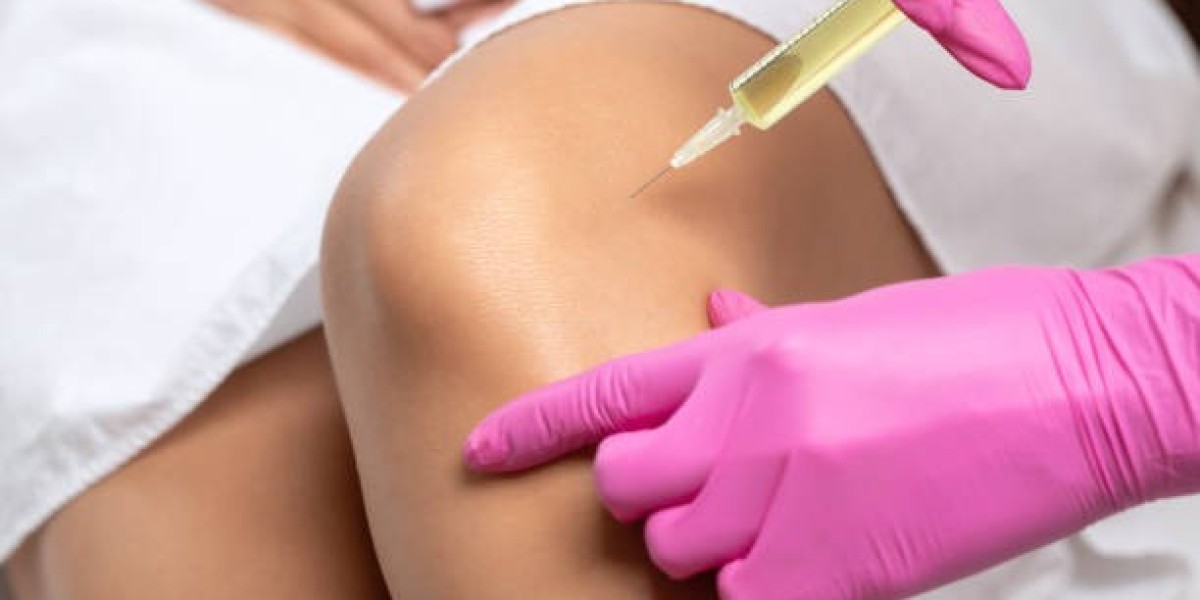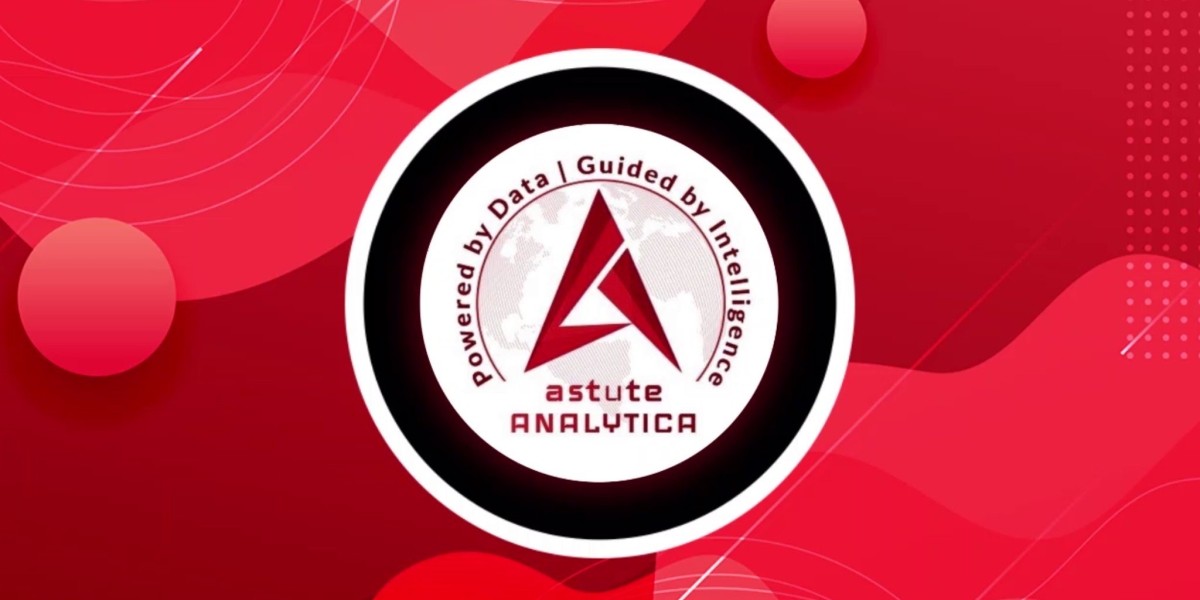Joint pain can be a relentless hurdle, especially in a fast-paced city like London where walking, commuting, and staying active are part of everyday life. Whether you're an avid runner in Hyde Park, a cyclist along the Thames, or simply someone managing osteoarthritis, the strain on joints is real—and so is the search for effective, non-surgical solutions.
Enter Platelet-Rich Plasma (PRP) therapy. Once considered cutting-edge, PRP has become an increasingly popular option for those seeking regenerative relief from joint issues. Here's everything you need to know about PRP therapy in London—and why it might be worth considering.
What is Platelet-Rich Plasma (PRP)?
PRP is a form of regenerative medicine that uses a concentration of a patient’s own platelets to accelerate the healing of injured tendons, ligaments, muscles, and joints. Blood is drawn, processed in a centrifuge to isolate the platelets, and then re-injected into the affected joint or tissue area.
Platelets are rich in growth factors and cytokines—natural healing agents that stimulate tissue repair, reduce inflammation, and encourage regeneration.
Key Benefits of PRP Therapy for Joints
1. Natural Healing, Minimal Side Effects
Since PRP is derived from your own blood, the risk of allergic reaction or infection is minimal. The body recognizes and responds well to its own components, making this a safe option for most people.
2. Pain Reduction
Clinical studies have shown that PRP injections can significantly reduce pain associated with joint conditions such as osteoarthritis, tendinitis, and ligament injuries. This is especially helpful for knees, shoulders, hips, and ankles.
3. Improved Mobility and Function
Many patients report better range of motion and reduced stiffness after just a few weeks of treatment, helping them return to their normal routines—whether it's walking the dog in Clapham Common or hitting the gym in Shoreditch.
4. Delays or Reduces Need for Surgery
For individuals considering joint replacement or arthroscopic surgery, PRP can act as a less invasive interim solution. It doesn’t burn bridges—if surgery is still needed later, PRP won’t interfere with the process.
5. Quick Procedure with Little Downtime
The entire PRP process usually takes less than an hour. Most patients resume their daily activities within a day or two, making it an ideal lunchtime or after-work treatment.
Where to Get PRP in London
London is home to numerous specialist clinics offering PRP therapy, from Harley Street to private practices across the city. When choosing a clinic:
Look for CQC-registered facilities.
Ensure the treatment is administered by trained medical professionals (often orthopaedic consultants or sports medicine doctors).
Ask about the type of PRP system used, as quality and concentration of platelets can vary.
Some notable clinics include:
PRP London Clinic
The Regenerative Clinic (Harley Street)
London Sports Orthopaedics (City of London)
The Centre for Medical Sciences & Research (Canary Wharf)
Is PRP Right for You?
PRP is suitable for a range of joint issues, especially:
Early to moderate osteoarthritis
Chronic tendon injuries
Ligament sprains
Post-surgical recovery support
It’s best to consult a musculoskeletal or orthopaedic specialist to determine if PRP is appropriate for your specific condition. Imaging (like MRI or ultrasound) might be used to assess your joint health before treatment.
Final Thoughts
As London's wellness and medical sectors continue to embrace innovative, patient-focused treatments, PRP stands out as a promising solution for joint pain—blending science, nature, and convenience. Whether you're managing chronic arthritis or recovering from a sports injury, PRP could be the non-surgical game-changer your joints need.









